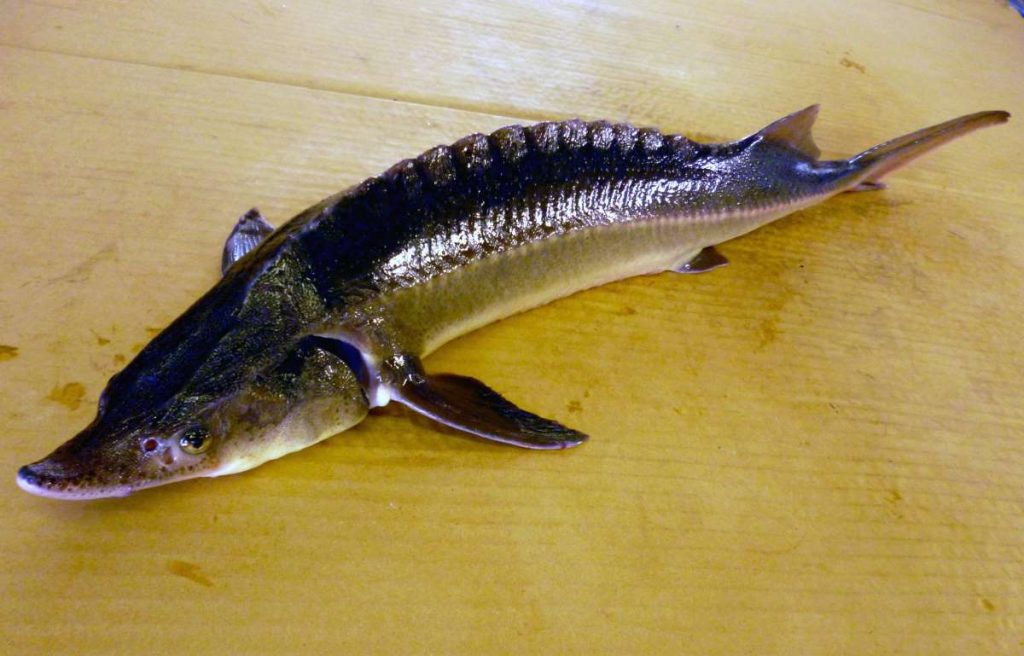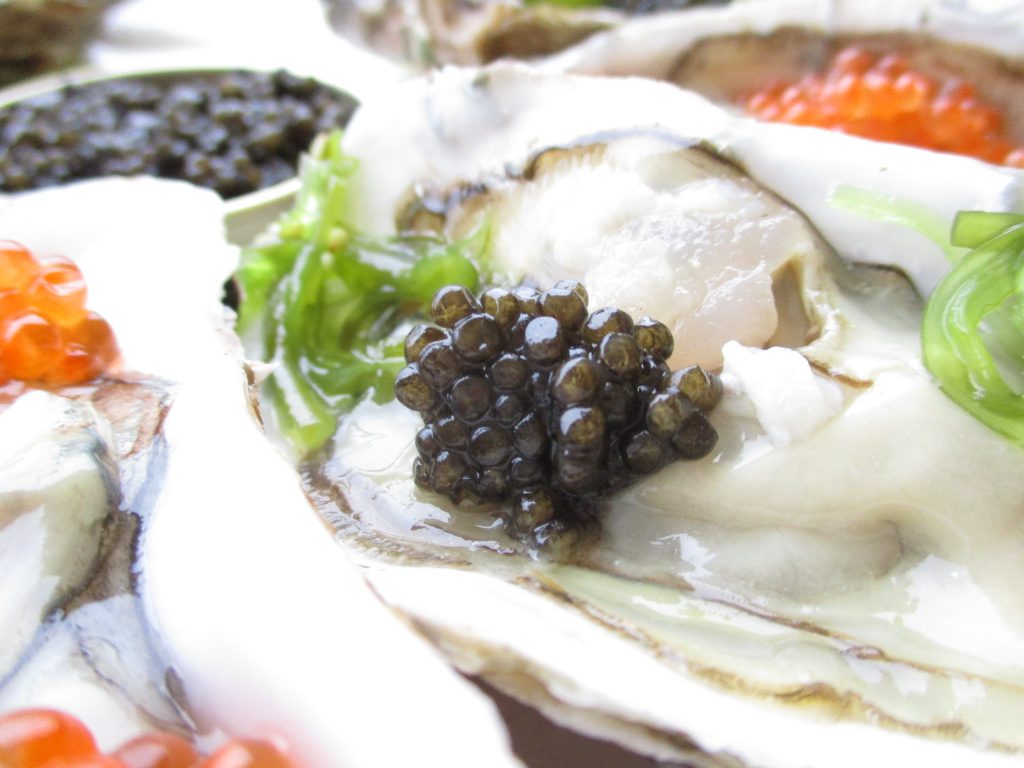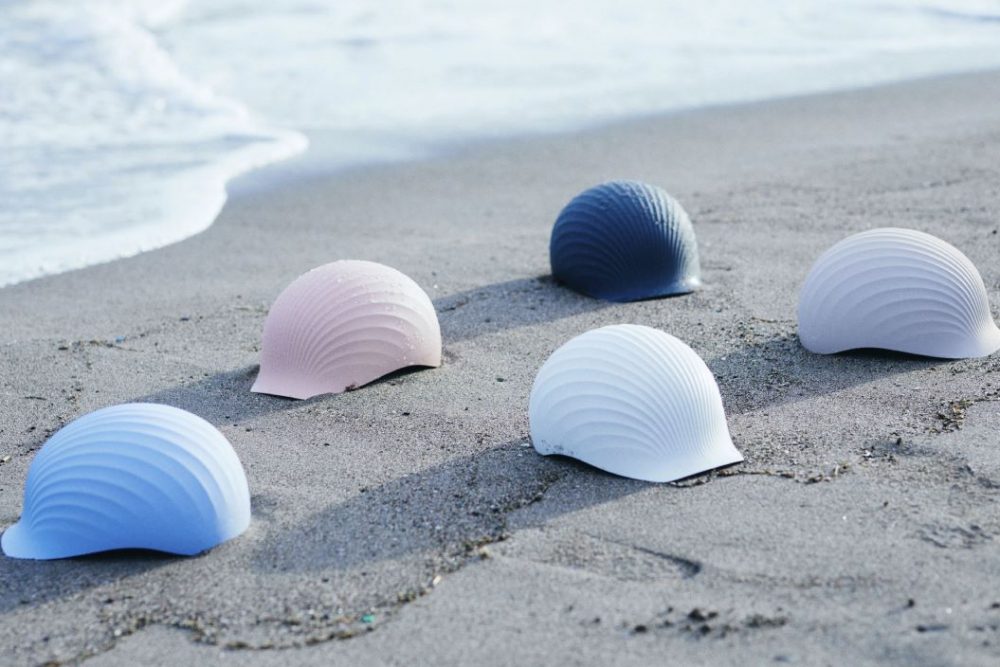Ground-Breaking Research to Produce Affordable Caviar With 'Super-Female' Sturgeons
A research team at Kindai University has produced 'super-female' sturgeons. Sturgeons have been overfished for caviar and are on the brink of extinction.

このページを 日本語 で読む
Caviar, one of the world's three most prized delicacies, is the egg of the sturgeon. Wild sturgeon face a serious threat of extinction. Therefore, some countries, in particular China and Russia, are pursuing aquaculture. However, the process is time-consuming, and the increasingly unstable international security environment has caused the price to skyrocket.
Amid this situation, a team at Kindai University became the world's first to breed a "super-female" sturgeon. This would dramatically improve the efficiency of caviar aquaculture, and affordable caviar from Japan could be available in the future.
Threats of Extinction Due to Overfishing
Caviar is made by loosening the mature ovaries of sturgeon and then pickling them in salt. They are called "black diamonds" due to their color and are prized for their rich and full taste. Caviar is not only a staple of Russian court cuisine but also a must-have for grand parties.
However, their popularity has led to overfishing, and sturgeon are on the brink of extinction. In July, the International Union for Conservation of Nature (IUCN) published its latest Red List of Threatened Species. Two species of sturgeon are already extinct in the wild and 27 species are at severe risk of extinction.
In fact, according to a study by an international research team from Europe and the United States, global natural caviar production peaked in 1984 at over 3,400 tons but dropped to a few dozen tons by the early 2000s. (One metric ton is around 2,205 pounds.)
Most of the caviar currently on the market is farmed, with shipments beginning in earnest around 2004. In 2017, China was the top producer of farmed caviar, with 100 tons per year. Russia was second with 49 tons, followed by Italy (43 tons), France (37 tons), and Poland (20.4 tons). Japan was 23rd with 2 tons. The total production, however, was only about 400 tons.

Aquaculture Takes Time and Effort
Caviar aquaculture has not expanded much because sturgeon farming takes an extraordinary amount of time and effort. Since the goal is to collect the ovaries, male sturgeons are unnecessary. But about half of the sturgeons are male, and it is impossible to distinguish the males from the females at the time of hatching, just from their appearance.
As a result, the sturgeon's sex is determined after three years of cultivation, when the fish have reached sexual maturity. Their abdomens are opened one by one to examine the gonads. Males are then sold cheaply for meat and the females are sutured and raised in aquaculture ponds. It takes more than 10 years from hatching for large breeds and about seven years for medium-sized breeds to be able to collect the ovaries.
Therefore, a research team at Kindai University searched for a method to raise only females in order to increase the efficiency of caviar production. By adding soy isoflavones to the food of hatched fish, they succeeded in developing a method to change the sex of males to females. But they sought a more fundamental solution. The team's research resulted in "super-females," which only lay female eggs.
For humans, two chromosomes, X and Y, determine sex. The XX chromosome pair makes a person female and the XY chromosome pair makes a person male. Similarly, sturgeon have Z and W chromosomes, with ZZ making them male and ZW making them female. This means that females require a W chromosome.
The chromosomes of each male and female gametophyte are reduced to one of the chromosomes through meiosis. Sperm are always Z, and eggs are either Z or W. Therefore, in normal reproduction, half are males and half are females.
Gynogenesis Gives Birth to Super-females
Fish eggs produced by meiosis contain either Z or W chromosomes that are not normally used in addition to the original chromosomes. If the chromosomes of a fertile sperm are broken, and external pressure and heat are applied to the eggs, these egg-derived chromosomes will bond together in a form of gynogenesis.
At this point, there are three combinations of chromosomes: ZZ, ZW, and WW. The WW combination doesn't normally occur. But if the next generation is bred using the eggs of a WW female, the chromosomes will always be ZW, which theoretically means that all of its offspring will be female.
This WW female is the "super-female" sturgeon that produces only females. Although the existence of these super-female sturgeons in the wild due to gynogenesis has been suggested, it has long been difficult to prove the difference between WW females and ZW females. Therefore, super-females have been regarded as "phantoms."
The reason why the existence of WW females could not be proven is that previous research focused on the analysis of the W chromosome, which females must have, instead of focusing on getting rid of the unnecessary Z chromosome. To prove that a given sturgeon had WW chromosomes, the genetic analysis must prove that the Z chromosome was not involved.

Proof With Z Chromosome Analysis
Ryuhei Kinami, an assistant professor at Kindai University and a member of the research team, analyzed the Z chromosome to clarify the characteristics of its genetic information. He then used fertile sperm whose chromosomes were destroyed by ultraviolet treatment to fertilize the egg. The egg was then placed in warm water to induce gynogenesis.
PCR genetic analysis of the 112 juveniles obtained revealed 21 to be ZZ males, 66 to be ZW females, and 25 to be WW super-females. For the first time ever, the team was able to successfully acquire and confirm a super-female.
The super-females acquired in this experiment did not survive because they were used for genetic analysis. In the future, the team plans to observe the super-females for a long period of time to confirm whether they will mature properly and produce only females. To select super-females, they have developed a method to distinguish the live fish by analyzing the genes contained in the mucus on the surface of the bodies.
For this experiment, they used medium-sized sturgeon of the Vestel species, whose ovaries mature in about seven years. In future studies, the team is considering using smaller sturgeon, whose ovaries mature in about three years, in order to speed up the process to check whether they will lay only female eggs.
Toshinao Ineno is an associate professor at Kindai University who supervised the research. He said, "If super-females can be raised properly to parentage so that eggs can be collected, we will be able to farm only females. Caviar production will become dramatically more efficient. I hope to quickly establish a production system and deliver inexpensive, delicious caviar from Japan to the world."
This article was first published on JAPAN Forward on December 20, 2022.
このページを 日本語 で読む











